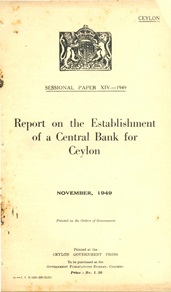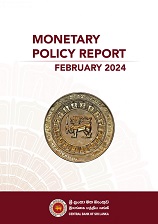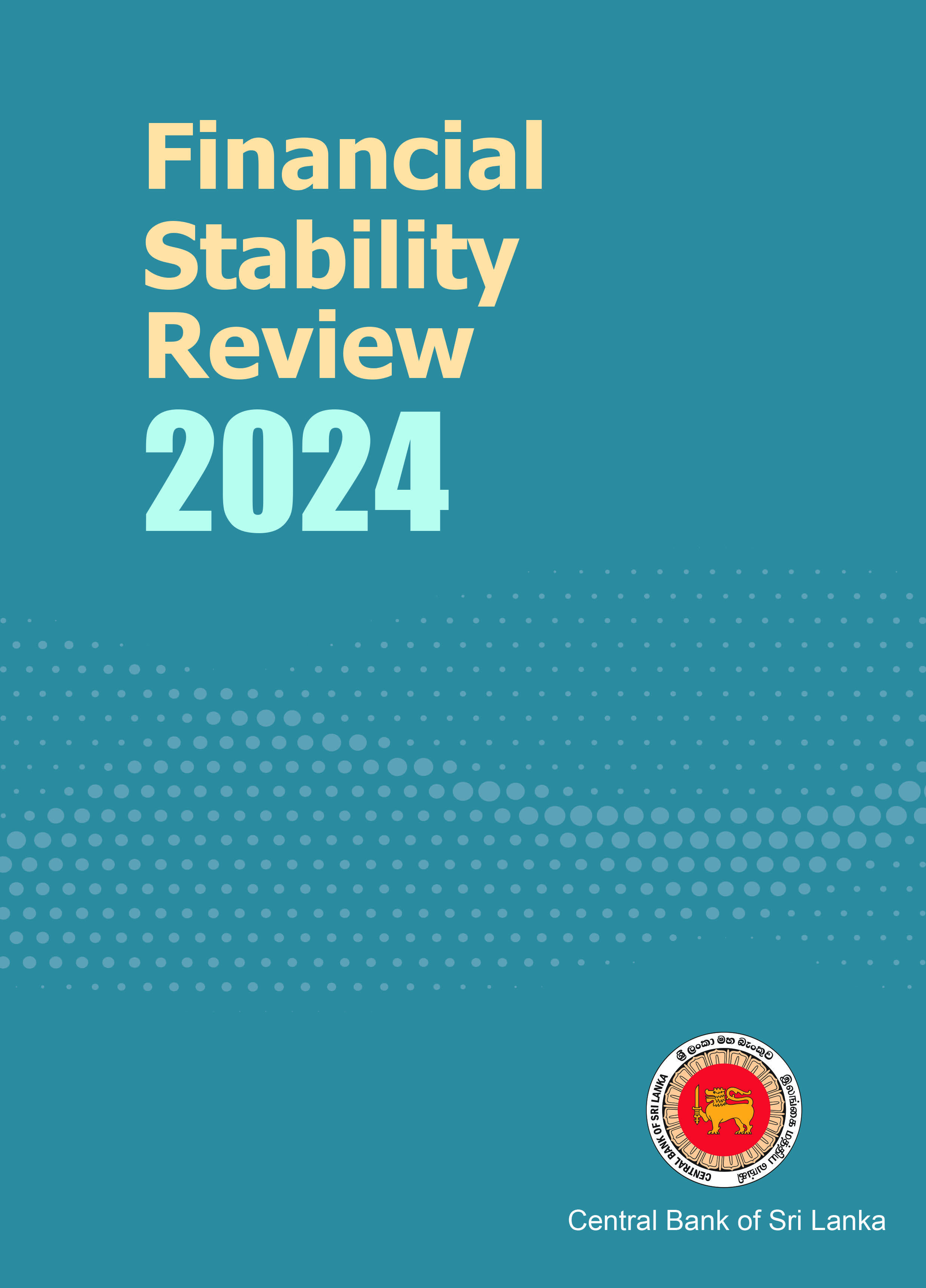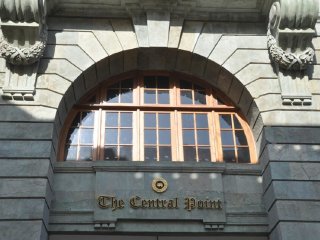Interbank Call money Market
The inter-bank call money market is an overnight market that mainly assists commercial banks in meeting their immediate liquidity requirements by facilitating lending and borrowing among banks. These transactions are very short term in nature and reflect demand for and supply of liquidity in the market. The interest rate applicable in the call money market is called inter-bank call rate. AWCMR is the average call rate weighted by the values of the transactions. It is computed and published by the CBSL on each working day.
Orderly and stable functioning of the inter-bank call money market is important to maintain the short term interest rates and minimising the liquidity risk in the banking system. Frequent fluctuations of inter-bank call rates, even within the boundaries of the standing rate corridor, is not desirable as such changes could inflict larger volatility in other market rates/prices which uses call rate as the benchmark.
The Stability of the money market is supported by managing market liquidity proactively by the provision of Standing deposit facility and Standing lending facilities by the Central Bank of Sri Lanka (CBSL), at the relevant policy rates.
The objective of implementation of monetary policy is to maintain stability in the money market. The Monetary Policy is implemented by conducting open market operations (OMO). That is, through;
(i) Providing standing facilities,
(ii) Enforcing Statutory Reserve Requirement (SRR) and
(iii) Moral Suasion
In order to achieve this, Central Bank of Sri Lanka (CBSL) tries to maintain the Inter-Bank Call Rate (the Call Rate) at a desired level with less fluctuations, within the Standing Rate Corridor (SRC). The desired level of the call rate is determined in line with the needs of the monetary policy.
Standing Rate Corridor (SRC)
The CBSL's SRC consists of two policy rates;
(i) Standing Deposit Facility Rate (SDFR)
(ii) Standing Lending Facility Rate (SLFR)
These two rates provide a lower bound and upper bound respectively, to call rates. The purpose of the corridor is to limit the potential large fluctuations in the short-term interest rates in the market. These rates, which are the Central Bank's “signalling mechanism” on its monetary policy stance, are reviewed on a regular basis, usually once a month, and revised if necessary.
Changes in the CBSL’s policy interest rates have an immediate effect on interest rates in the inter-bank call money market. Changes in the call market rates could lead, within a very short period, to changes in other short-term money market interest rates, such as the yield on Treasury bills, commercial paper and the short-term lending rates of banks. These changes could, with a time lag, affect the medium-term lending and deposit rates of banks, and other lending institutions as well as other market yields.
Standing Facilities
These are facilities under which participating institutions (PIs), i.e., Licensed Commercial Banks (LCBs) and Primary Dealers(PDs), either obtain funds from or deposit funds with the CBSL, for a day. Hence, these are overnight facilities. The PIs can deposit their excess funds with the CBSL at the Standing Deposit Facility Rate (SDFR) and they can borrow funds, by pledging government securities, to meet their liquidity needs from the CBSL at the Standing Lending Facility Rate(SLFR). Standing Lending Facility (SLF) is a reverse repo facility where PIs sell their securities to the CBSL with an agreement.










